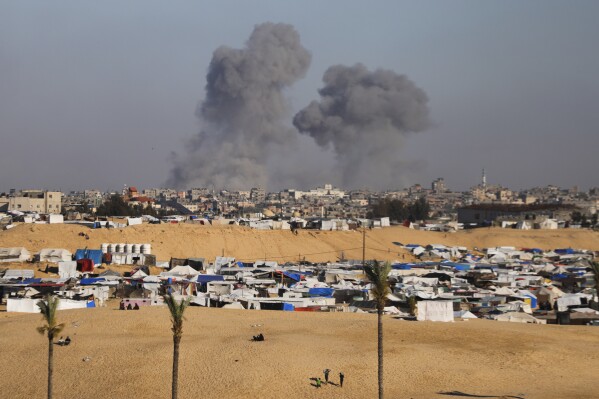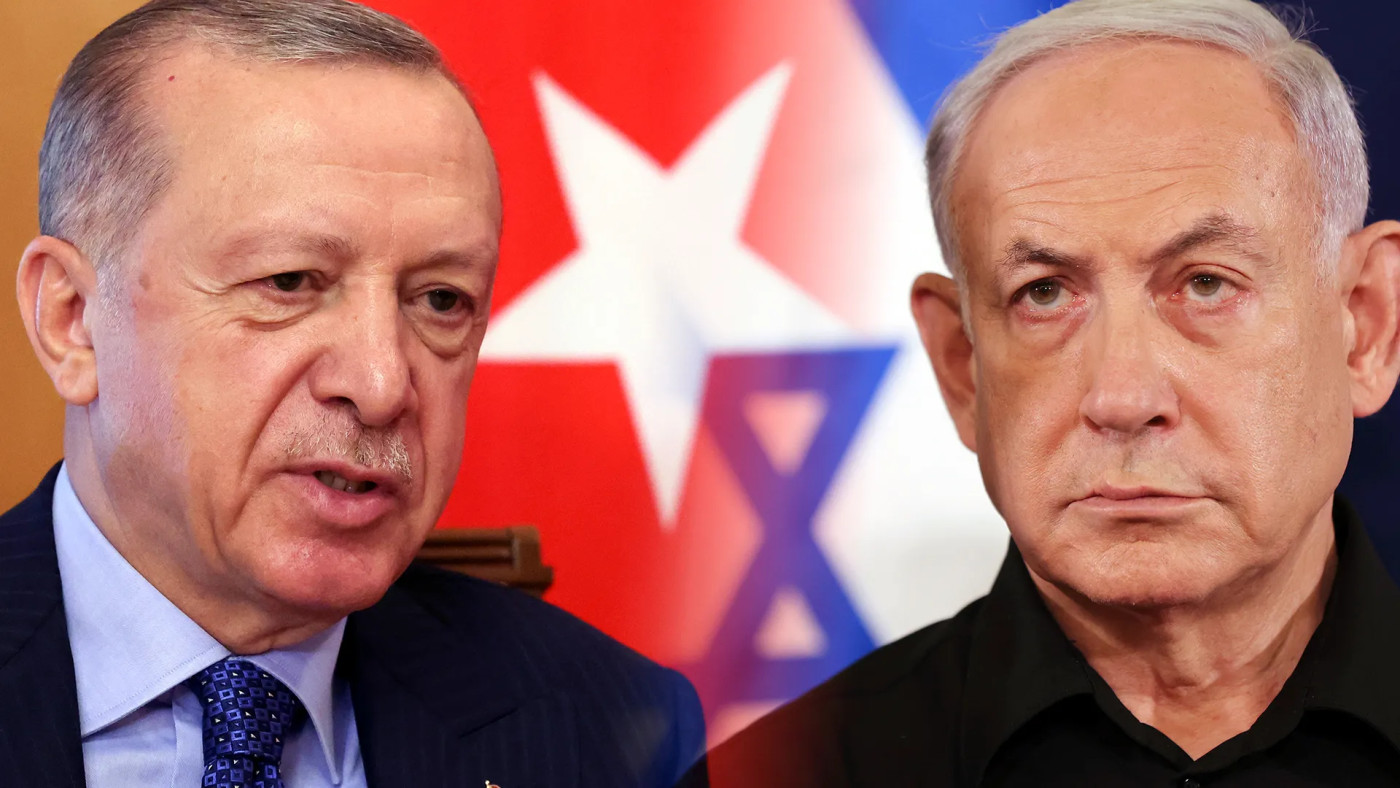China Takes Advantage of Putin's Imploding Gas Giant
Russian state-controlled gas giant Gazprom Group reported losing money for the first time in over 20 years last year, with increased but discounted exports to China failing to make up for losses in Europe.
On May 2, the world's largest natural gas producer reported a net loss of 629 billion rubles ($6.9 billion), a far cry from the 447 billion ruble profit that had been forecast, sending Gazprom's shares on the Moscow Exchange tumbling by 3.5 percent.
It was the first time since the late 1990s that Gazprom had reported a loss, after remaining profitable through the Great Recession, Covid-19, and over a year of Western sanctions over Moscow's 2022 invasion of Ukraine.
Natural gas, along with oil, accounted for more than 40 percent of government revenue between 2011 and 2020.
Gas exports to Europe, formerly the Russian industry's largest market, are now severely restricted, with European nations pursuing diversification since the invasion to punish the Kremlin as well as reducing dependence on fossil fuels in general.
The European Union sourced just 13 percent of its gas from Russia in the fourth quarter of last year, down from 33 percent in the same period in 2021, according to Eurostat.
Since the beginning of the war in Ukraine, exports of natural gas and oil to China have offset some of Moscow's lost business in Europe. And this relationship is set to strengthen further, with the Power of Siberia pipeline expected to reach full capacity this year and pipe 38 billion cubic meters (bcm) into China annually.
Famil Sadigov, deputy chairman of the Gazprom Management Committee, had predicted previously predicted gas sales would lead to 4 trillion rubles in gas revenue on the back of demand in China, Meduza wrote. In reality, that figure turned out to be only three trillion.
Carnegie Berlin Center Sergey Vakulenko estimated Gazprom netted $5.5 billion from the 22.7 bcm it sold to China last year. This sum is half or less of the amount the Russian conglomerate would have received from the European market at European prices.
Until the end of 2027, Russia will export gas to China at a rate 28 percent lower than its exports to what customers it still has in Europe.
This year, gas flows bound for China have a price tag of $257 per 1,000 cubic meters versus the $320 for Western destinations. China is expected to pay even less over time between 2025 and 2027
Newsweek reached out to Gazprom and the Russian Foreign Ministry with a request for comment.
Macro-Advisory CEO Chris Weafer told Newsweek that for Moscow, China remains the primary target.
"Over the short to medium term, Russia wants to sell more gas to China. The infrastructure is in place from the Soviet era and can be upgraded relatively quickly," he said, citing Russia-Kazakhstan talks on upgrades to these decades-old networks to pump as much as 33 bcm of gas per year to China and another 11 bcm to Uzbekistan.
Weafer expects this topic to feature in Russian President Vladimir Putin discussions with Chinese counterpart Xi Jinping in Beijing in the coming days.
Meanwhile, Russia continues to tout the Power of Siberia 2, a proposed pipeline that would export even higher volumes of gas from Western Siberia to Northeastern China. "China has been very quiet on the subject, but we know that they are receptive to the project, provided they get a good pricing deal," Weafer said.
"Although China plays hardball on pricing, and it certainly has all the cards currently, officials there admit they want more gas via secure supply routes. They worry about a future conflict with the United States which could disrupt critical supply lines now coming in by ship. Pipelines from Russia and Central Asia are more secure and—at least for now—cheaper.
Weafer pointed out that European states are not the only ones to have drawn lessons from the fallout of the Russo-Ukrainian war.
Russia now has its eyes on the rapidly growing Indian economy. However, this poses its own difficulties, ranging from geographical challenges to U.S. sanctions.
Disclaimer: The copyright of this article belongs to the original author. Reposting this article is solely for the purpose of information dissemination and does not constitute any investment advice. If there is any infringement, please contact us immediately. We will make corrections or deletions as necessary. Thank you.




